Breaking the rules in Art
November 3, 2014 2025-02-08 16:45Breaking the rules in Art
“Learn the rules like a pro, so you can break them like an artist.” ― Pablo Picasso.
In the history of Art, many Artists did choose at one point to deliberately break the rules of their time, rules about composition, perspective, narration, etc…
While breaking those rules they did create some breakthrough works of Art and opened new possibilities for the Artists that followed. Many times these works were not well received by the public who wasn’t yet used to such different ways, but eventually the public taste got accustomed to new ideas. What seemed chocking 150 years ago is consider as classic nowadays.
Here are a few very well known examples:
Breaking the rules of composition:

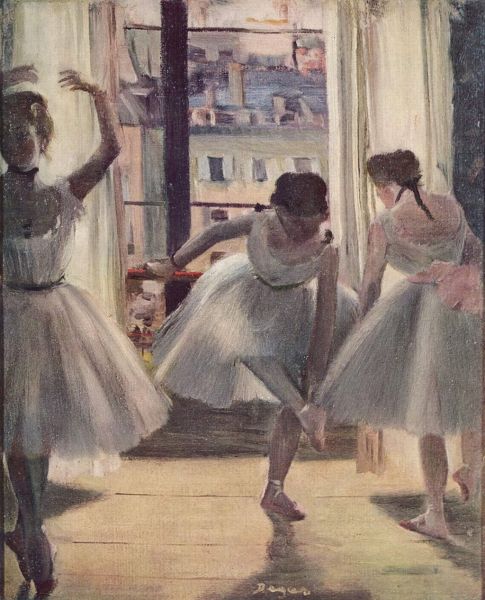
In these two examples by French painter Edgar Degas (1834-1917), we can clearly see the influence photography had on the composition of his paintings. His influence was not the type of planned or posed photography with a deliberately balanced composition but more snapshot type photography.
Before the invention of photography, you will hardly find a figure cropped at the edge of a painting but this kind of composition, breaking the old rules, added a sense of spontaneity and freshness to the paintings.
Breaking the rules of perspective
One famous Artists that did break many rules is certainly Picasso, in particular rules of perspective, but also rules of proportions and depth. This is clearly visible in his painting “Les demoiselles d’Avignon” from 1907. Nowadays, our modern eyes are not surprised anymore by this kind of pictures but at the time it was made, this painting was very controversial, and very unlike anything painted yet. It wasn’t received very well and Picasso did hide it for nine years before showing it in an exhibition.
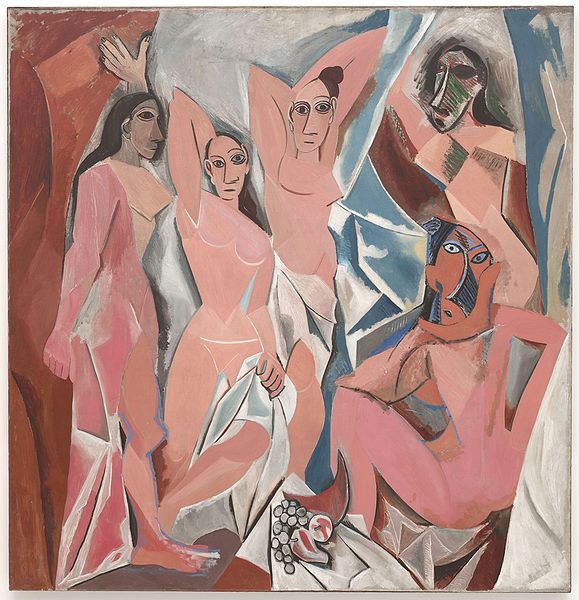
The figures in that painting start to show some elements of cubism, the proportions are not exact, two of the faces seems inspired by African masks and there is no sense of depth in the picture.
Picasso also sometimes used what is called dual perspective, that means showing an object viewed from different perspectives simultaneously. In the painting Woman in Hat and Fur Collar (1937), one eye is a profile view and the other one is a front view, the nose is also seen both from the side and front.

Source via wikipedia
This dual perspective can be later seen on the works of Francis Bacon who often cited Picasso as a great influence on his art. You can see an example of a dual perspective on the face and the hands in this Study for a self portrait.

Source via Wikipedia
Matisse also comes to mind when thinking about breaking the rules of perspective. If you look at the “Harmony in Red” painting, there is no real sense of depth as all the elements seems to be located on the same plane. This effect is accentuated by the use of bold colors, patterns and dark outlines.

The Dessert: Harmony in Red (The Red Room), 1908
Source via Wikipedia
Breaking the rules of proportions and narration
Édouard Manet (1832–1883) was classically trained. When he painted his famous “dejeuner sur l’herbe” in 1863, it caused a big scandal. Even though the painting has a classic look, there are many oddities in that painting : We are not sure why the woman is naked, sitting next to the two clothed men on the painting. She stares right at the viewer, seemingly ignoring everything that is going on around her. The woman in the background is totally out of proportion and we also wonder what she is doing in that scene.
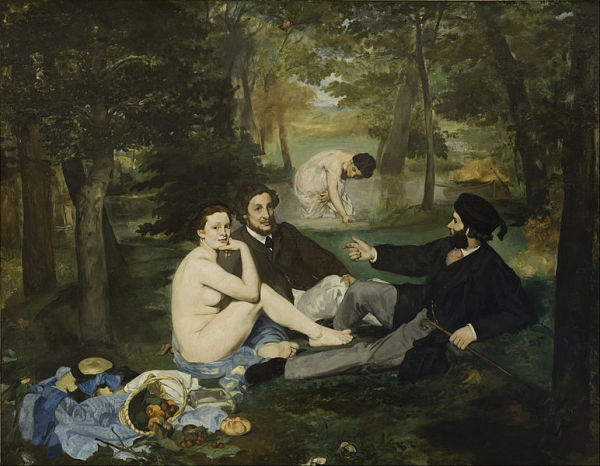
Source via Wikipedia
There are many examples in Art of Artists breaking the rules and thus participating in the evolution of Art. Marcel Duchamp and his game-changing ready mades is a recent example that gave a new direction to contemporary Art.
Breaking the rules doesn’t have to be so dramatic, it can be just a decision to ignore a rule of composition or just take risks with your style:


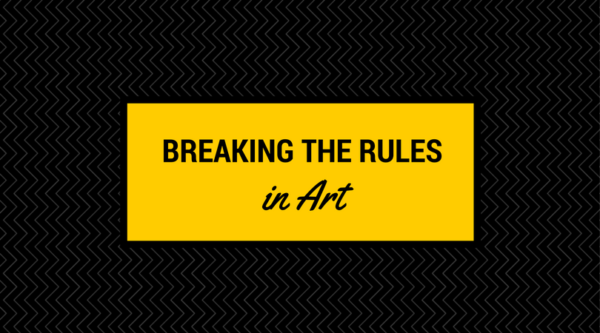

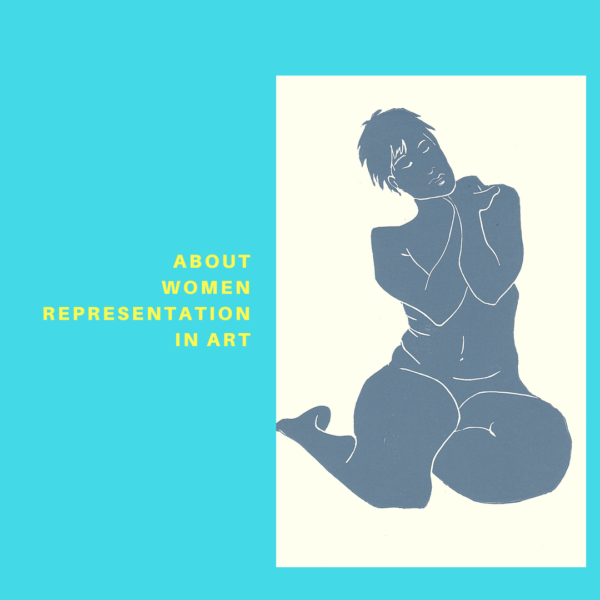


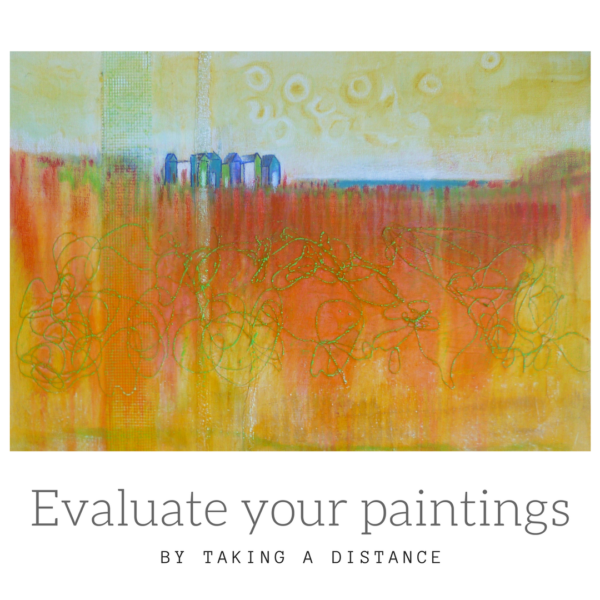






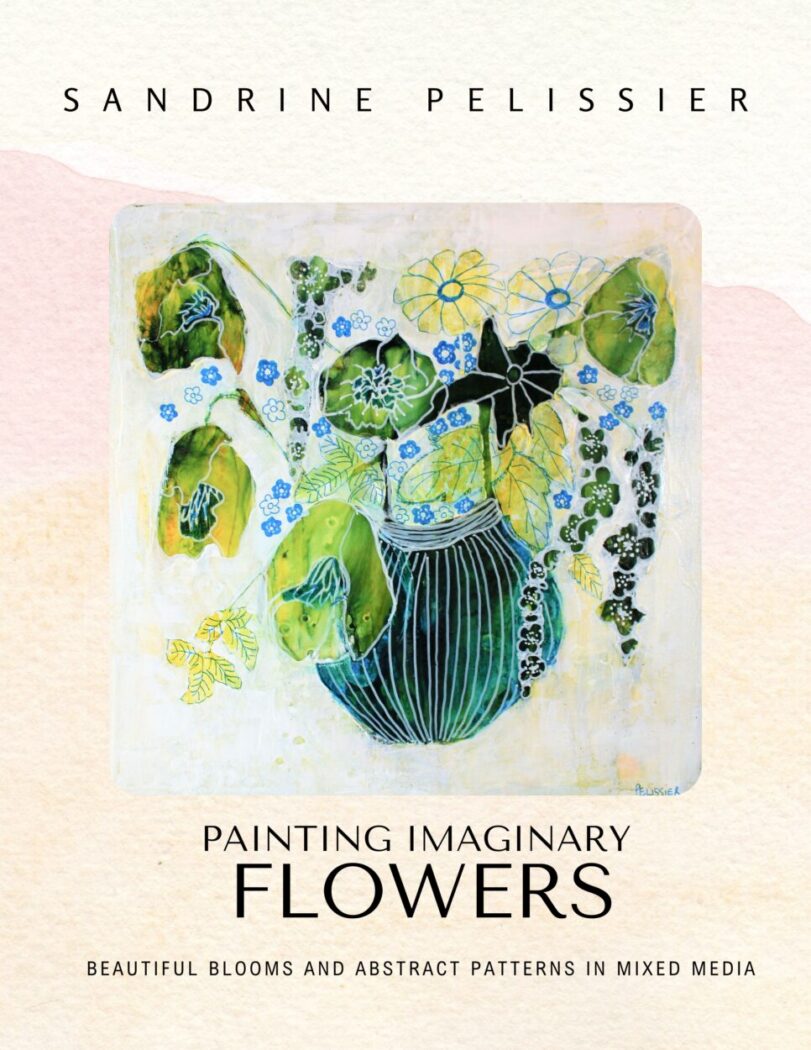


Comments (3)
cindymatthews195795282500
Always great to receive affirmation.
cindymatthews195795282500
I really enjoyed this article on pushing the boundaries in art. I do this regularly, whether it is the subject I choose to depict or the starkness of lines or the choice of colour. I have uploaded a picture of a large acrylic piece I did that demonstrates both atypical use of colour plus starkness and simplicity of line. This particular landscape was selected by a juried panel to represent March in the 2015 Art Map (Grey Bruce Georgian Bay Landscape Calendar). https://www.facebook.com/CindyIsabelMatthews
Sandrine Pelissier
Thanks Cindy and congratulations on your selection!